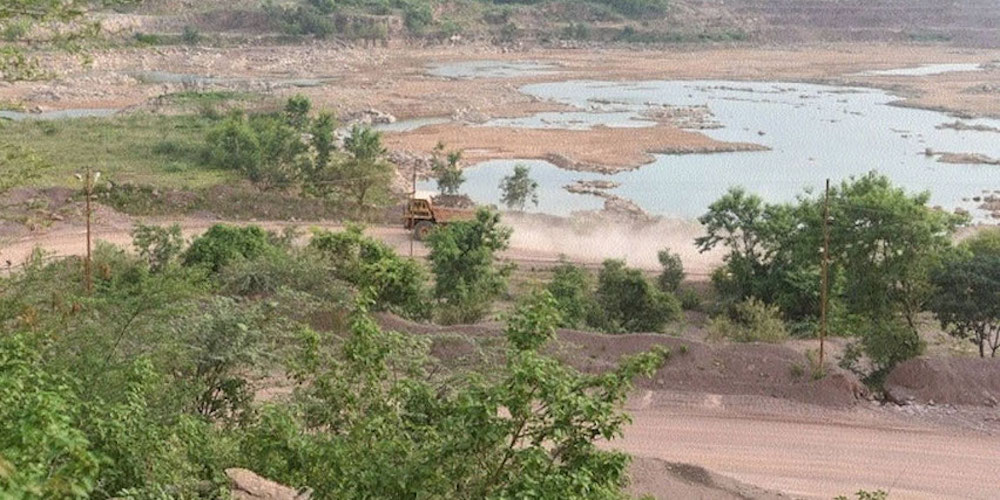Chhattisgarh creating India’s biggest man-made forest on barren land and abandoned mines

In one of the country’s biggest ecological restoration, Chattisgarh is on its way to accomplishing an action plan to develop the nation’s largest man-made forest on a vast area, mostly the abandoned and non-functional mining belt, at Nandini in Durg district, about 55 km from Raipur.
The ongoing exceptional initiative will turn the unproductive and mined-out areas into the natural habitat of jungle stretching across 3777 acres. So far 1120 acres in the region have been transformed into a forest.
The project has been devised taking a cue from the UN Decade on Ecosystem Restoration that aims to prevent, halt and reverse the degradation of ecosystem and to combat climate change and prevent a mass extinction.
This year, over 83 thousand saplings of around 30 different species, including medicinal, were planted under the special drive in 895 acres by the state forest department. The area will be transformed into an open jungle safari, similar to the ones found in Africa.
During his resent inspection, Chief Minister Bhupesh Baghel also planted a banyan plant as a symbolic gesture under the Jan Van programme here. The entire cost of the project cited to be Rs 3.37 crore.
Under a five-year plan, this project has taken off with initial plantation work to be done on a stretch of 885 acre of Nandini mines as part of the first phase. Dense trees like mahua, peepal, banyan and others that have longer life span will be preferred.
“It’s a new concept based on environment conservation and been executed with Miyawaki, a Japanese technique that helps in creating dense self-sustaining native forest where the plants as natural and multi-layered grow much faster (around 10 times). Once completed the Nandini forest will be the biggest man-made forest in the country. The project has been chalked out at the behest of the chief minister”, said Rakesh Chaturvedi, the state Principal Chief Conservation of Forests (PCCF).
“It’s like a contribution for ‘UN decade on ecosystem’. With a scientific approach, we are planning to revive the ecosystem and taking reference from tropical dry deciduous forests sub-type, it will be replicated with similar species of plants. Following the Japanese botanist ‘s forest technique, Nandini will be converted into a multi-layered forest with herbs, shrubs, middle and high canopy trees. Around 3,000 seed balls will also be used for the spot where proper planting isn’t possible, ” Chaturvedi added.
The Miyawaki forest method involves planting two to four trees per square metre and the plants grow in two to three years, ready to self-sustain. They help lower temperatures, reduce air and noise pollution, attract local birds and insects, and create carbon sinks.
Subsequently, revival of the three cycles of ecosystem of water, energy and nutrients will be implemented through the grasslands, taking care of water harvesting soil fertility and cleaning the air. In the following phases, wildlife will be introduced.
The forest can also become a perfect spot for breeding of birds as the place has a wetland which already has whistling ducks, open bill storks and other breeds. The idea is to convert the place into an open jungle safari, the kind which Africa has.
Owing to the excavated sites of the mines, which usually were of dolomite-limestones, huge water reservoirs are created inside the forest. Besides the area also serves as the ideal habitat for birds owing to the massive wetland present in the region. The migratory birds from the Eurosiberiman region were also spotted here.
In Chhattisgarh, there is no dearth of abandoned mines deserted with little effective reclamation being done. The future plan at Nandini is also to develop the site as eco-ethnic tourism, which will include landscaping, promotion of water sports, cottages for stay.



